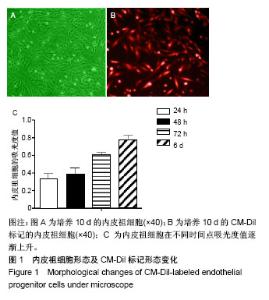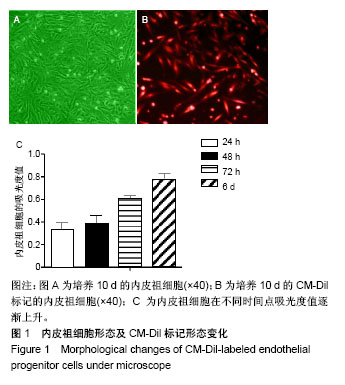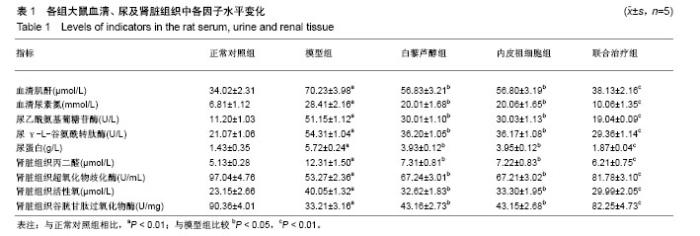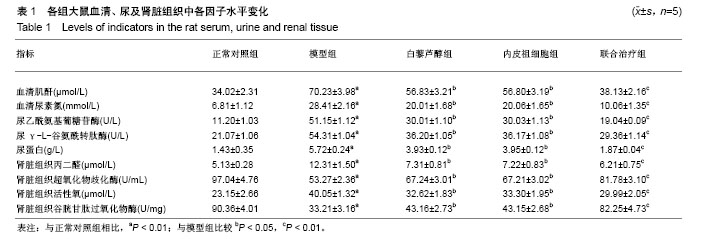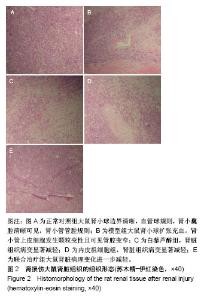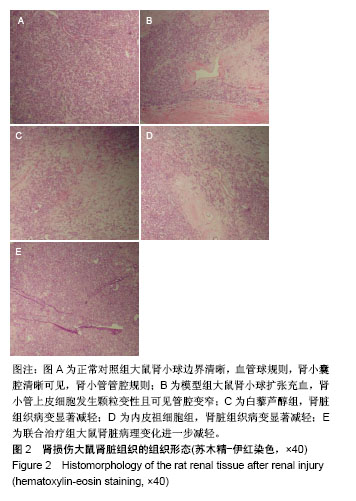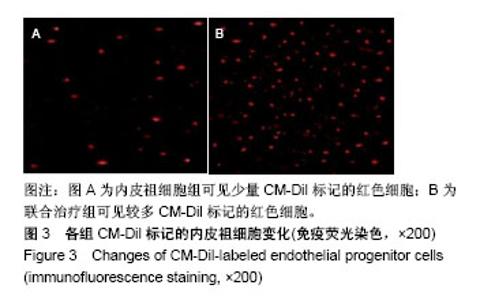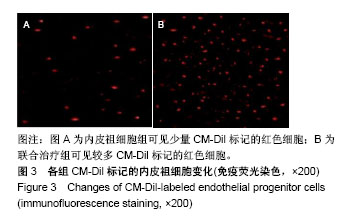| [1] 余娜,钟志勇,唐小江,等.镉引起肾脏毒性的细胞凋亡通路[J].生态毒理学报, 2014,9(3):407-412.[2] 金媛媛,周蓉,匡兴亚.镉致肾损伤机制的研究进展[J].环境与职业医学, 2018, 35(2):180-184.[3] 李静慧,徐兆发.镉致肾细胞凋亡机制的研究进展及防治[J].毒理学杂志, 2014,28(4):319-322.[4] Nazima B, Manoharan V, Miltonprabu S. Grape seed proanthocyanidins ameliorates cadmium-induced renal injury and oxidative stress in experimental rats through the up-regulation of nuclear related factor 2 and antioxidant responsive elements. Biochem Cell Biol. 2015;93(3):210-226.[5] Hagar H, Al Malki W. Betaine supplementation protects against renal injury induced by cadmium intoxication in rats: role of oxidative stress and caspase-3. Environ Toxicol Pharmacol. 2014;37(2):803-811.[6] 周庆彪,刘颖,孔德钦,等.硒对慢性镉暴露致大鼠肾损伤的保护作用与机制[J].癌变•畸变•突变,2018,30(1):1-7.[7] Prozialeck WC, Lamar PC, Edwards JR. Effects of sub-chronic Cd exposure on levels of copper, selenium, zinc, iron and other essential metals in rat renal cortex. Toxicol Rep. 2016;3:740-746. [8] Park EJ, Pezzuto JM. The pharmacology of resveratrol in animals and humans. Mol Basis Dis. 2015;1852(6):1071-1113.[9] Pangeni R, Sahni JK, Ali J, et al. Resveratrol: review on therapeutic potential and recent advances in drug delivery. Expert Opin Drug Deliv. 2014;11(8):1285.[10] 李艳,张颖,冯锦红,等.白藜芦醇对高脂饮食诱导肾损伤小鼠肾组织单核细胞趋化蛋白1及转化生长因子β1表达的影响[J].中国血液净化,2017,16(7): 482-487.[11] 单娟萍,董梁,董志超,等.白藜芦醇抑制顺铂诱导肾小管上皮细胞凋亡的体外研究[J].中华全科医学,2017,15(8):1334-1336.[12] 周磊,李海伦,郑东辉.白藜芦醇在肾缺血再灌注损伤中的研究进展[J].徐州医学院学报,2016,36(1):64-67.[13] Lu C, Zhang J, Zhang D, et al. EPCs in vascular repair: how can we clear the hurdles between bench and bedside? Front Biosci. 2014;19(1):34-48.[14] Rurali E, Bassetti B, Perrucci GL, et al. BM ageing: Implication for cell therapy with EPCs. Mech Ageing Dev. 2016;159:4-13.[15] Chong MS, Ng WK, Chan JK. Concise review: endothelial progenitor cells in regenerative medicine: applications and challenges. Stem Cells Transl Med. 2016;5(4):530.[16] Sun K, Zheng Z, Ju X, et al. Combined transplantation of mesenchymal stem cells and endothelial progenitor cells for tissue engineering: a systematic review and meta-analysis. Stem Cell Res Ther. 2016;7(1):151.[17] Salmina AB1.Neuron-glia interactions as therapeutic targets in neurodegeneration. J Alzheimers Dis. 2009;16(3):485-502. [18] 袁娟,赖燕,张云花,等.职业性镉中毒肾功能预后分析[J].工业卫生与职业病, 2016,42(6):452-454.[19] Wang HJ, Liang R, Fu LM, et al. Nutritional aspects of β-carotene and resveratrol antioxidant synergism in giant unilamellar vesicles. Food Funct. 2014;5(7):1573-1578.[20] Dave M, Attur M, Palmer G, et al. The antioxidant resveratrol protects against chondrocyte apoptosis via effects on mitochondrial polarization and ATP production. Arthritis Rheum. 2008;58(9):2786-2797.[21] Bellaver B, Souza DG, Souza DO, et al. Resveratrol increases antioxidant defenses and decreases proinflammatory cytokines in hippocampal astrocyte cultures from newborn, adult and aged Wistar rats. Toxicol In Vitro. 2014;28(4):479-484. [22] Fu B, Zhao J, Peng W, et al. Resveratrol rescues cadmium-induced mitochondrial injury by enhancing transcriptional regulation of PGC-1α and SOD2 via the Sirt3/FoxO3a pathway in TCMK-1 cells. Biochem Biophys Res Commun. 2017;486(1):198-204. [23] Lee PS, Poh KK. Endothelial progenitor cells in cardiovascular diseases. World J Stem Cells. 2014;6(3):355-366.[24] 李清,冯麟.尿蛋白联合检测对2型糖尿病早期肾损害的诊断价值探讨[J].临床医药文献电子杂志,2018,5(27):163-164.[25] 胡鹏华,储虹,梁馨苓,等.尿蛋白在预测老年心脏术后患者急性肾损伤中的价值[J].中华老年医学杂志,2018,37(11):1190-1195.[26] Soler MJ, Martínez-Estrada OM, Puig-Marí JM, et al. Circulating endothelial progenitor cells after kidney transplantation. Am J Transplant. 2005;5(9):2154-2159.[27] Patschan D, Patschan S, Müller GA. Endothelial progenitor cells in acute ischemic kidney injury: strategies for increasing the cells' renoprotective competence. Int J Nephrol. 2011;2011:828369.[28] Satarug S, Vesey DA, Gobe GC. Kidney cadmium toxicity, diabetes and high blood pressure: the perfect storm. Tohoku J Exp Med. 2017; 241(1):65-87. [29] 王庆华,顾建红,胥清芳等.铅和(或)镉对大鼠肾细胞的毒性损伤及硒的拮抗作用[J].中国兽医学报,2014,34(8):1353-1357. |
